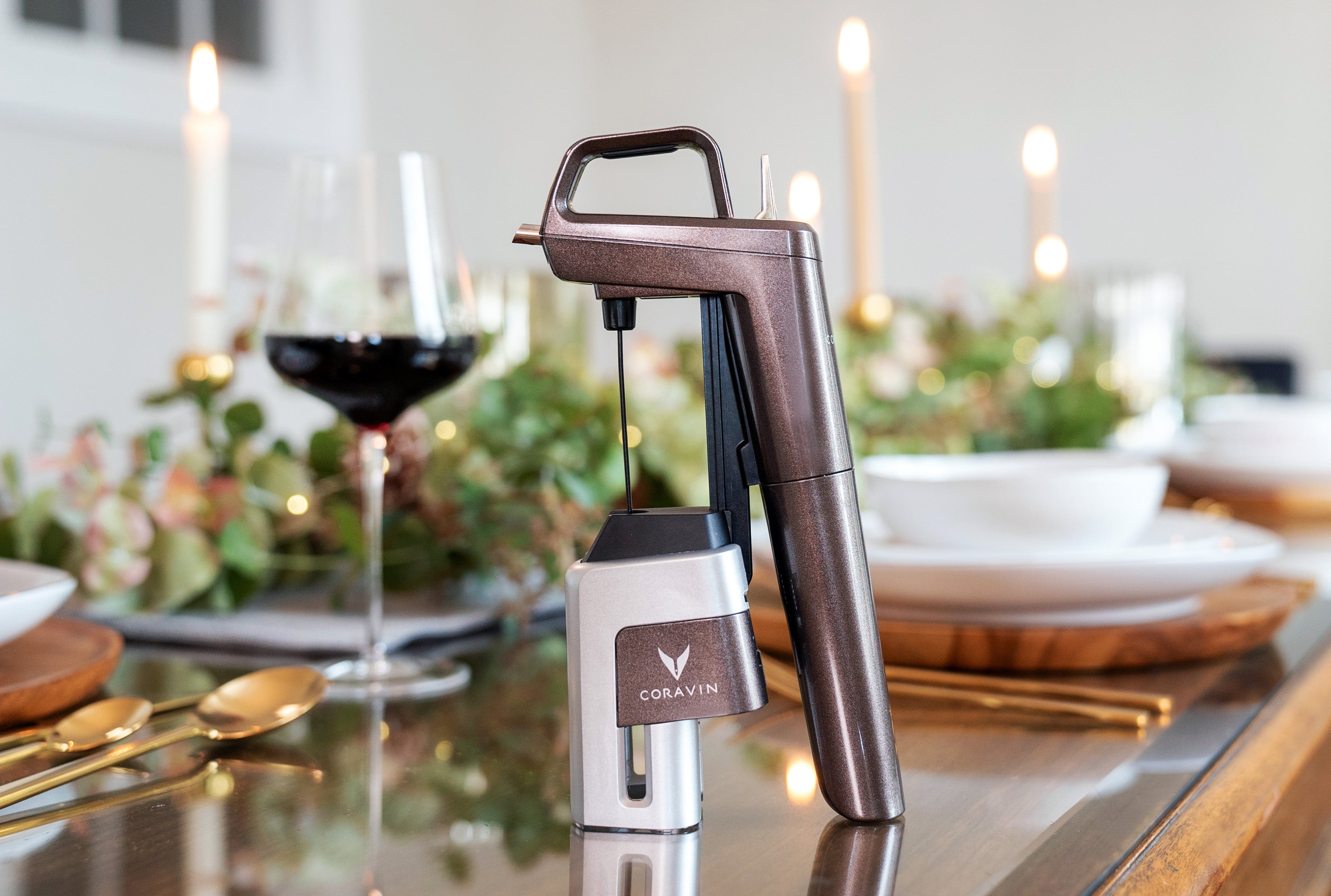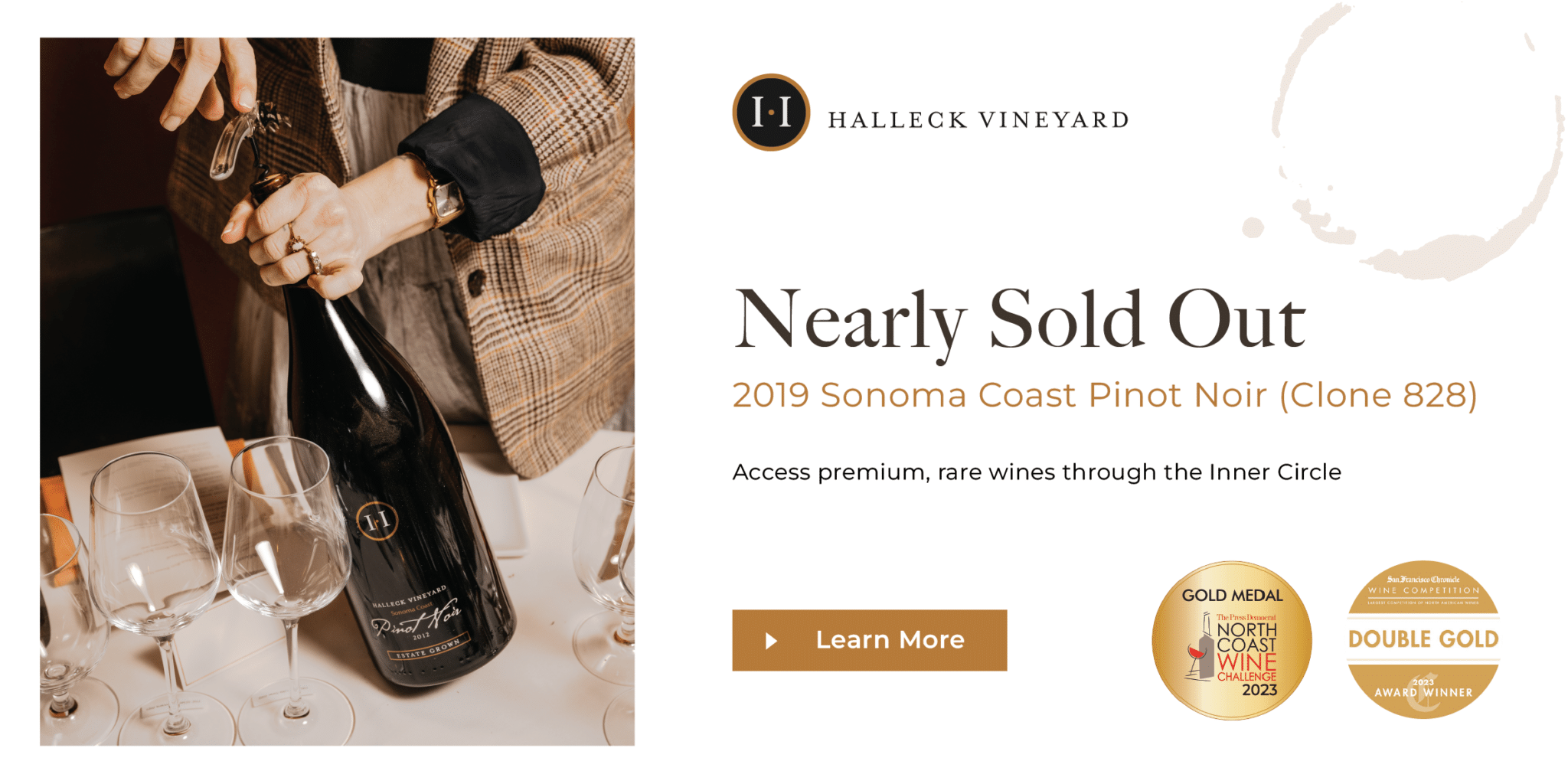Wineries Near Sonoma Square - Sonoma's Best Vineyards
Wineries Near Sonoma Square - Sonoma's Best Vineyards
Blog Article
Romantic Winery Destinations In Sebastopol - Sonoma Wine Tasting Adventures
Wine tasting is an art that requires practice and an understanding of assorted aspects concerned in the course of. One crucial component of wine tasting is the development and interpretation of tasting notes, which function a guide for both novices and seasoned connoisseurs. A Guide To Understanding Winery Wine Tasting Notes can improve your wine-tasting experience, making it extra meaningful and pleasant.

Tasting notes are concise descriptions that seize the essence of a wine’s flavors, aromas, and general character. Usually composed by professional tasters, winery tasting notes supply insights into the nuances of various wines. They can help wine enthusiasts understand what to anticipate from a particular bottle. However, tasting notes can vary extensively in style and element based on the author's experience and palate.
Wineries Near Highway 12 - Enjoying The Best Wineries In Sebastopol
When you first method a glass of wine, your senses will begin to engage instantly. The sight, odor, and style of the wine will converge to give you a complete experience. Tasting notes usually start with the visual assessment, the place the colour of the wine is taken under consideration. Colour performs a significant function in indicating the wine’s age, grape variety, and even its flavor profile.
After assessing the visual side, the subsequent step involves swirling the wine in the glass. This action aerates the wine, allowing its aromas to awaken. Smelling the wine provides critical perception into its complexity. The initial sniff can ship a flood of scents that may embody fruity, floral, natural, or earthy notes. This is usually the most subjective part of tasting, as individual experiences can dramatically differ.
In winery tasting notes, descriptors are often categorized into main, secondary, and tertiary aromas. Main aromas usually stem from the grape selection, secondary aromas derive from fermentation processes, and tertiary aromas come up from growing older. Understanding these classes might help you recognize the depth of a wine, they usually also give you the vocabulary to precise your experience higher.
Wine Tasting Experiences With Local Cheese - The Beauty Of Sebastopol Wineries
Following the olfactory encounter, your focus will shift to the taste of the wine. This is where the first characteristics—sweetness, acidity, tannins, alcohol—come into play. Tasting notes typically element these flavors in multiple dimensions, together with the initial assault on your palate to the lingering end on your tongue. A high-quality wine will present a harmonious stability between these factors.
While tasting, it's essential to contemplate the physique of the wine, which may be described as light, medium, or full. The physique contributes significantly to your overall impression, serving to you consider how the wine pairs with food or whether it stands alone as a sipping wine. Balancing the physique with the other traits will give you a fuller understanding of what the wine has to offer.
The finish of the wine, also referred to as the aftertaste, is another crucial facet usually included in tasting notes. A lengthy, nice end usually indicates a higher high quality wine, whereas a short or cloying aftertaste could recommend in any other case. Evaluating the end can offer further insight into the wine's complexity and distinction.
Understanding the context of winery tasting notes is also valuable. Tasting notes can present contextual details about the vineyard's location, climate, and grape-growing practices. This context provides one other layer of appreciation for the wine, permitting enthusiasts to connect the sensory experience with its origins, thus enhancing the enjoyment additional.
Wineries Pairing Wine With Chocolate - Wineries To Explore In Sonoma Valley
Many wineries provide tasting notes on their websites or labels, typically written in an approachable but informative style. However, not all winery tasting notes are created equal. Some may be overly technical, while others would possibly prioritize advertising flair over insightful evaluation. Studying to navigate these notes can arm you with the information to make knowledgeable decisions when choosing wines.
Taking Part in tastings at wineries can also deepen your understanding of wine tasting notes. Interacting with knowledgeable employees can give you a extra hands-on method to exploring different wines and the language used to describe them. Wineries Perfect For A her explanation Relaxing Afternoon. You Will have the chance to ask questions, engage in discussions, and doubtlessly refine your palate in actual time.
Experimentation is important for mastering wine tasting notes. As you pattern completely different wines, try making your personal notes. Focus on describing the wine’s colour, aroma, style, and finish. Over time, you’ll develop a personal vocabulary that resonates along with your sensory experiences. Every note you create will help refine your palate, permitting you to understand wines at a deeper level.
Wineries With Breathtaking Gardens In Sonoma - Discovering The Vineyards Of Sonoma County
In conclusion, a Guide To Understanding Winery Wine Tasting Notes presents a complete framework for diving into the world of wines. It equips you with the methods and language necessary to articulate your experiences. Whether you are a informal drinker or a dedicated aficionado, understanding and using tasting notes can profoundly impression your wine journey. This information not solely enhances your enjoyment but in addition connects you deeply with the wealthy narratives every bottle tells. By embracing this journey, you turn out wineries known for their beautiful gardens to be part of the beautiful mosaic of wine tradition, where each sip unveils a new story waiting to be found.
- Wine tasting notes usually encompass quite so much of sensory descriptions, including aroma, flavor, acidity, body, and finish, permitting tasters to completely recognize the wine's characteristics.
- To improve your understanding, familiarize yourself with common wine terminology such as "tannins," "oakiness," or "terroir," which can help decipher the notes extra successfully.
- A systematic method to tasting entails first visually assessing the wine's color and clarity, followed by swirling to release aromas, then inhaling and describing what you experience.
- Taking notes throughout tasting might help identify patterns over time, enhancing your palate and making it simpler to recall preferences for future alternatives.
- Don't overlook the influence of food pairings; tasting notes can differ significantly when a wine is loved with complementary flavors, altering notion and delight.
- Pay consideration to the wine’s vintage, as climatic conditions in a given 12 months can considerably affect the ultimate product, including one other layer to the tasting notes.
- Think About the winemaker's style and philosophy, which may form the wine's profile and impression how its notes evolve with every sip.
- Training with totally different grape varieties can broaden your vocabulary; every type brings unique traits that may improve your capacity to articulate tasting notes effectively.
- Partaking with wine professionals or attending tasting events can provide priceless insights, offering a richer context for understanding personal tasting notes.
- Keep In Mind that tasting is subjective; individual preferences and experiences will shape one’s interpretation of the identical wine, enriching the general enjoyment of wine exploration.
What are wine tasting notes?
Wine tasting notes are descriptive feedback made by tasters about the appearance, aroma, taste, and finish of a wine. They provide an summary of the wine's characteristics and can help shoppers understand the style and high quality of the wine.
Scenic Vineyard Tours In Sebastopol - Wineries To Visit
Why are tasting notes essential when choosing wine?
Tasting notes can guide you in choosing a wine that fits your palate. They present insights into flavors and aromas, serving to you to match wines with food or occasions. Understanding these notes enhances your overall wine experience.
How ought to I read wine tasting notes?
(Wineries With Outdoor Seating)
Wineries With Artisan Chocolate Pairings In Sonoma - Sebastopol Wine Country
When studying wine tasting notes, take note of the construction: search for descriptions of colour, aroma, flavor, and finish. This will assist you to grasp the wine's profile and decide if it aligns along with your preferences.
What phrases generally appear in wine tasting notes?
Widespread terms embody "tannin" (the structure), "acidity" (the crispness), "body" (the weight), and numerous flavor descriptors like "fruity," "earthy," or "spicy." Familiarizing your self with these phrases can deepen your understanding of wine.
Artisan Wineries In Russian River Valley - Vines And Views In Sonoma Wine Country
Can I create my very own tasting notes?
Yes! Writing your own tasting notes can enhance your wine tasting experience. Focus on your observations of taste, aroma, and other sensory characteristics. This personal practice may help you refine your palate over time.
How do I determine the aromas in wine tasting notes?
Unique Wine And Food Pairings In Sonoma - Sonoma Wineries With Vineyard Views
To identify aromas, practice smelling a big selection of scents and associating them with wines. Swirl the wine in your glass to launch its aromas, then take a second to breathe in deeply before identifying any prominent scents.

What is the difference between professional and personal wine tasting notes?
Professional tasting notes could use extra technical language and specific terminology, whereas personal tasting notes are subjective and mirror individual experiences. Both are useful for understanding and having fun with wine, but personal notes might resonate extra along with your distinctive tastes.
How can tasting notes improve my wine appreciation?
Best Wineries For Sunset Views In Sebastopol - Exploring The Vineyards In Sonoma County
Tasting notes can improve your appreciation by serving to you to grasp and articulate the complexities of wine. They encourage conscious tasting and provide a framework for comparing totally different wines, leading to a richer enjoyment of the beverage.
Are there any apps or tools to help with wine tasting notes?
Yes, there are several apps designed to help customers document and organize their tasting notes. These tools often supply features like flavor wheel guides and wine database searches, making it simpler to trace your journey via totally different wines. Report this page